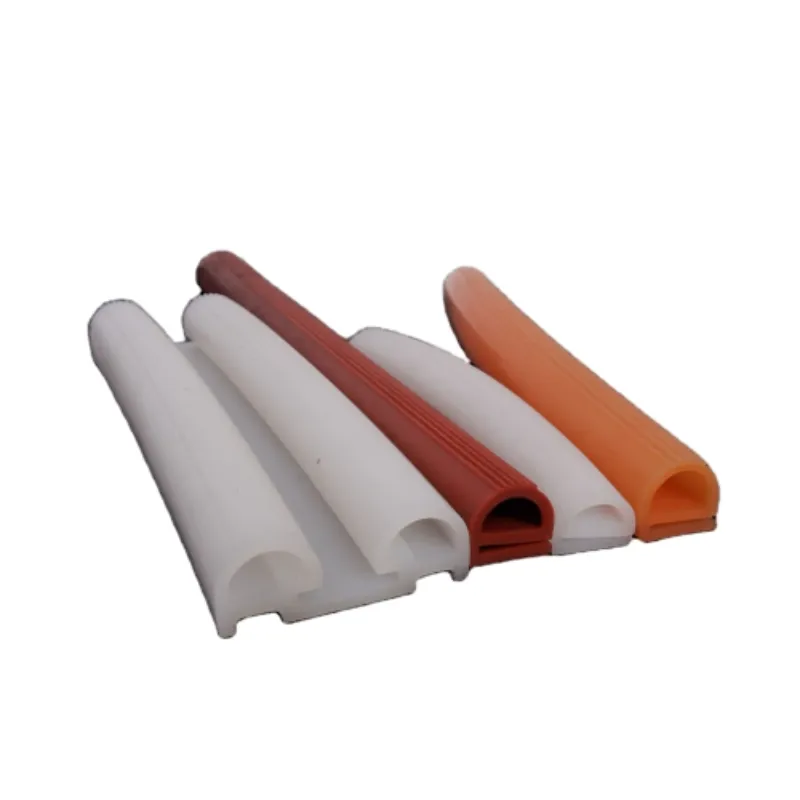Effective Bottom Garage Door Rubber Seal for Enhanced Weatherproofing and Insulation Solutions
Understanding Bottom Garage Door Rubber Seals Importance and Installation Tips
A garage door is a crucial aspect of most homes, providing security, storage, and sometimes even a workshop area. However, one of the most vital yet overlooked components of a garage door is the bottom rubber seal. Often referred to as the bottom seal or weatherstrip, this component serves several significant purposes that enhance the functionality and longevity of your garage door.
Importance of a Bottom Garage Door Rubber Seal
1. Weather Protection The primary function of a bottom garage door rubber seal is to protect the garage from weather elements. Rain, snow, and wind can easily enter through gaps at the bottom of a garage door, causing potential damage to both the garage and its contents. The rubber seal acts as a barrier, preventing water and snow from seeping in, which can lead to mold growth and structural issues over time.
2. Energy Efficiency A properly fitted bottom seal helps maintain the temperature inside your garage, making it more energy-efficient. In climates where temperature variations are extreme, having a good seal can reduce heating or cooling costs, especially if your garage is attached to your home. It minimizes the loss of conditioned air, ensuring that your garage remains comfortable year-round.
3. Pest Control Gaps at the bottom of garage doors can serve as entry points for small animals and pests, including rodents and insects. A rubber seal effectively closes off these entry points, helping keep unwanted critters out of your garage. This is particularly important for those who store food or pet supplies in their garages.
4. Noise Reduction Another often-overlooked benefit of a bottom garage door rubber seal is sound attenuation. It can help reduce noise infiltration from outside, whether it's the sounds of traffic, barking dogs, or neighborhood parties, creating a more peaceful environment in your garage and, by extension, your home.
Types of Bottom Garage Door Rubber Seals
Various types of rubber seals are available, and choosing the right one depends on your specific needs. Here are a few common options
- T-shaped Seals These are designed to fit into a groove at the bottom of the garage door and are excellent for various types of flooring.
- Flat Seals These seals can be attached directly to the bottom of the garage door and work well on flat surfaces.
- Round Seals Offer flexible solutions for uneven ground surfaces, forming a tight seal as the door closes
.bottom garage door rubber seal

- Universal Seals These are versatile options that can adapt to different door types and sizes.
Installation Tips
Installing a bottom garage door rubber seal is relatively simple and can often be done as a DIY project. Here are some straightforward steps to follow
1. Measure the Door Begin by measuring the width of your garage door to ensure you purchase the correct length of rubber seal.
2. Choose the Right Seal Select the type of rubber seal that best fits your door and flooring. Make sure it is durable and weather-resistant.
3. Remove the Old Seal If you are replacing an existing seal, carefully remove it using a utility knife to cut through any adhesive.
4. Prepare for Installation Clean the bottom edge of the garage door to ensure that the new seal adheres properly. Remove any debris, rust, or old adhesive.
5. Cut to Size If necessary, cut the new rubber seal to the appropriate length based on your measurements.
6. Attach the New Seal Follow the manufacturer’s instructions for installation, using adhesives or screws if necessary. Ensure the seal fits snugly against the ground for optimal weather protection.
7. Test the Seal After installation, close the garage door and check for gaps. Make adjustments as needed to ensure a tight fit.
Conclusion
A bottom garage door rubber seal is a small but essential component that significantly impacts the performance and efficiency of your garage. By providing weather protection, enhancing energy efficiency, keeping pests at bay, and reducing noise, this simple seal is both a practical and cost-effective solution for any homeowner. Regular inspection and maintenance of your garage door seals can prevent problems and save you money in the long run, ensuring that your garage remains a useful and secure space for years to come.
-
Under Door Draught Stopper: Essential ProtectionNewsJul.31,2025
-
Garage Door Seal and Weatherstrips for ProtectionNewsJul.31,2025
-
Edge Banding Tape for Perfect EdgesNewsJul.31,2025
-
Table Corner Guards and Wall Corner ProtectorsNewsJul.31,2025
-
Stair Nose Edging Trim and Tile Stair SolutionsNewsJul.31,2025
-
Truck Bed Rubber Mats for Pickup BedsNewsJul.31,2025
-
Window Weather Stripping for Noise ReductionNewsJul.29,2025